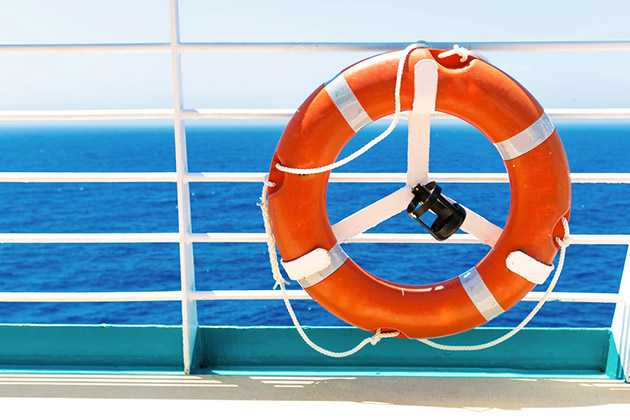Are sea liners safe?

Facts About Cruise Ship Safety
All cruise ships must be designed and operated in compliance with strict requirements of international law and must follow established rules and regulations to protect everyone on board. Every aspect of cruising is heavily regulated and monitored.
According to Cruise Lines International Association, a typical cruise ship has more than 60 safety, environmental and health inspections each year. Safety regulations are rigorous – and ships often go substantially above and beyond what is required.
In recent years, safety-related technology processes have become more sophisticated. Cruise ship safety continues to improve as technology advances, and the industry learns from developing and evaluating best practices.
As the industry has grown, regulators have updated and enhanced the safety requirements, including improvements in navigation equipment, shipboard safety management systems, life-saving equipment and training/certification standards.
Modern cruise vessels are required to have state-of-the-art electronic navigational instruments, and most ships substantially exceed these regulatory requirements.
Vessels are also required to have lifeboats, life rafts and life preservers for every person on board as well as additional capacity. The lifeboats are capable of being loaded, launched and maneuvered away from a ship within 30 minutes of a Master’s order. Safety drills in multiple languages are held prior to departure from port.
The average cruise ship carrying 2700 passengers and 800 crew has:
- 5 firefighting teams
- 4,000 smoke detectors
- 500 fire extinguishers
- 16 miles of sprinkler piping
- 5,000 sprinkler heads
- 6 miles of fire hose.
Persons with designated responsibility for the safety of passengers in emergency situations must complete approved training in crisis management and human behavior.
Crew responsible for embarking and disembarking passengers, for loading, discharging or securing cargo, or for closing hull openings onboard passenger ships, must complete approved training in passenger safety, cargo safety and hull integrity.
